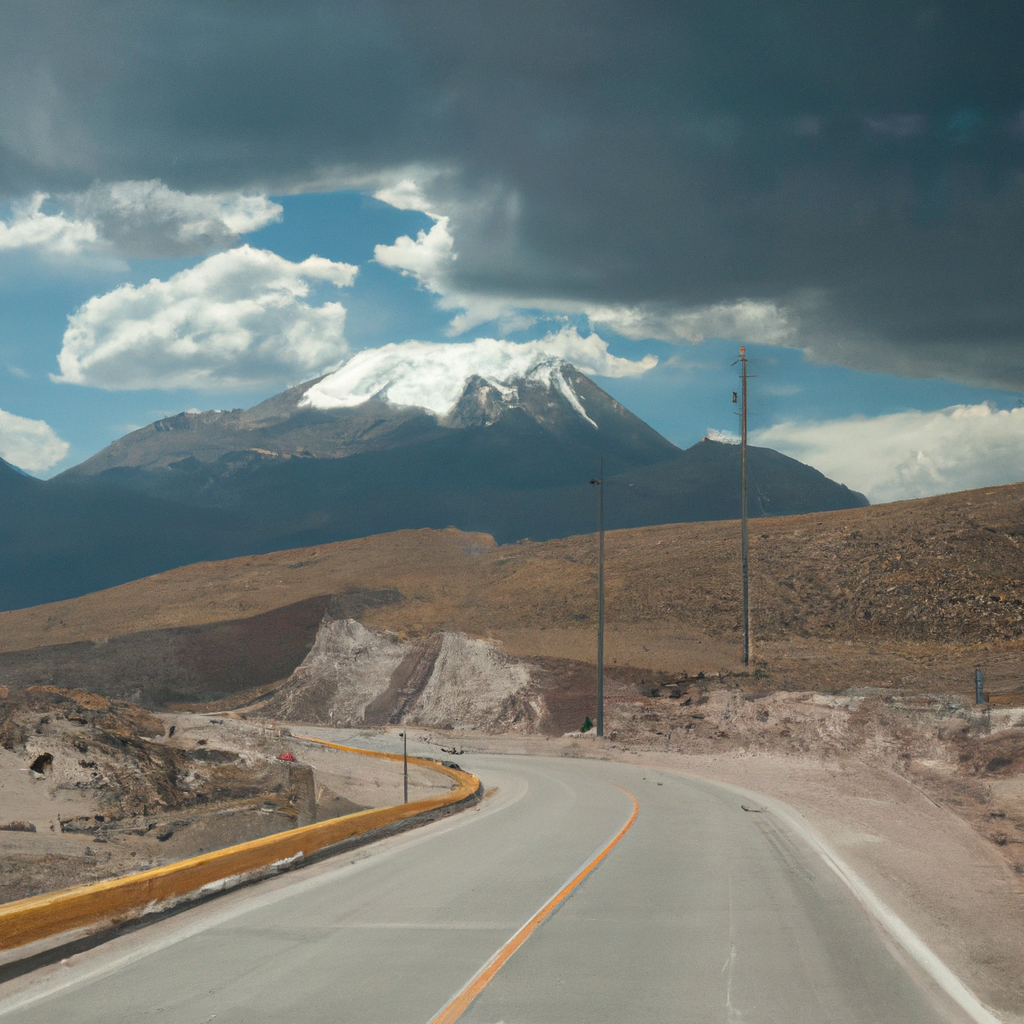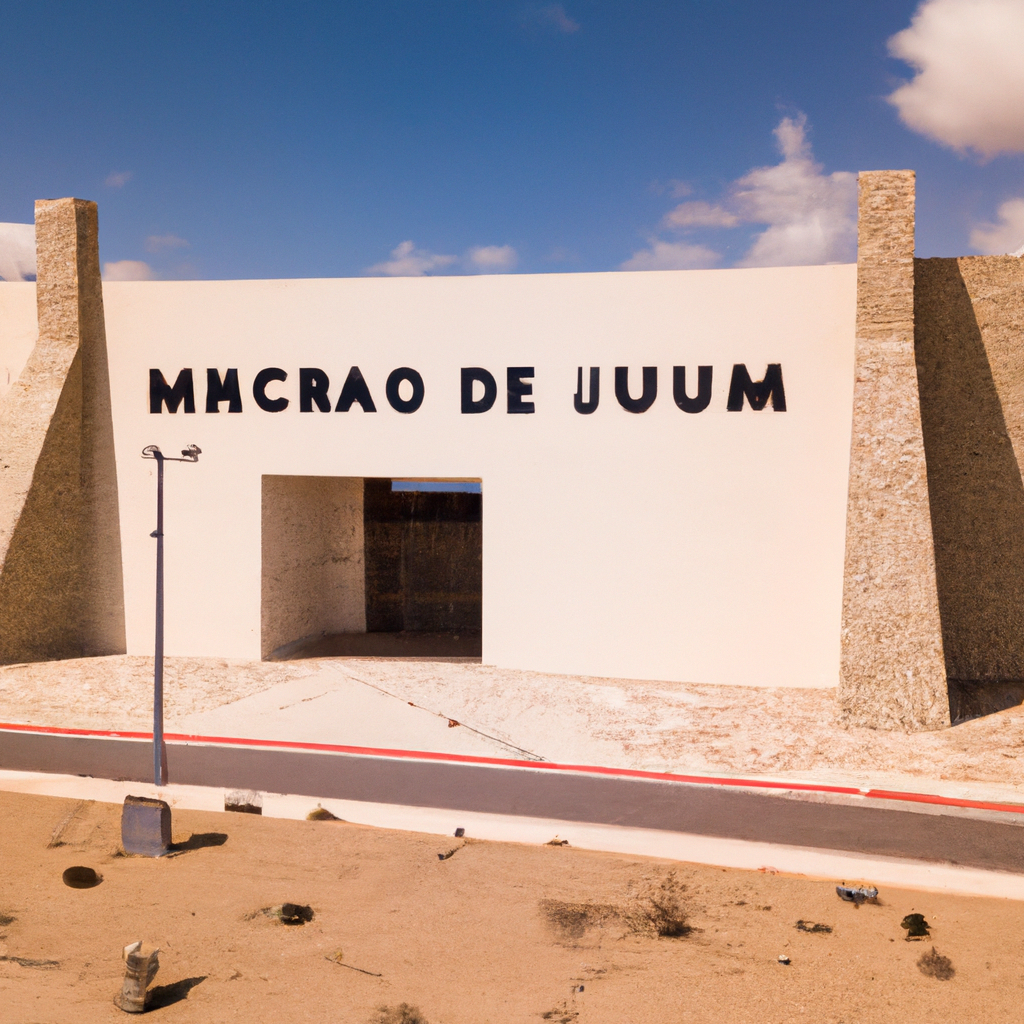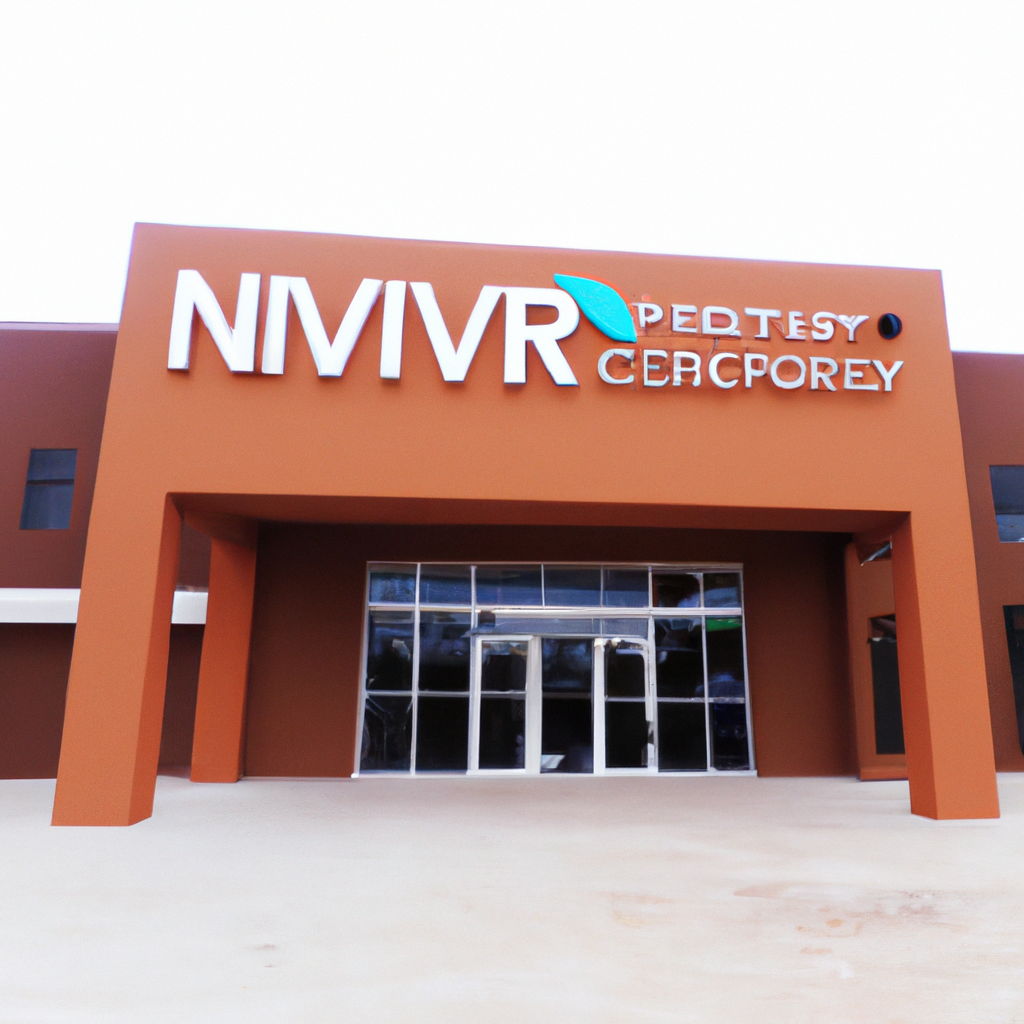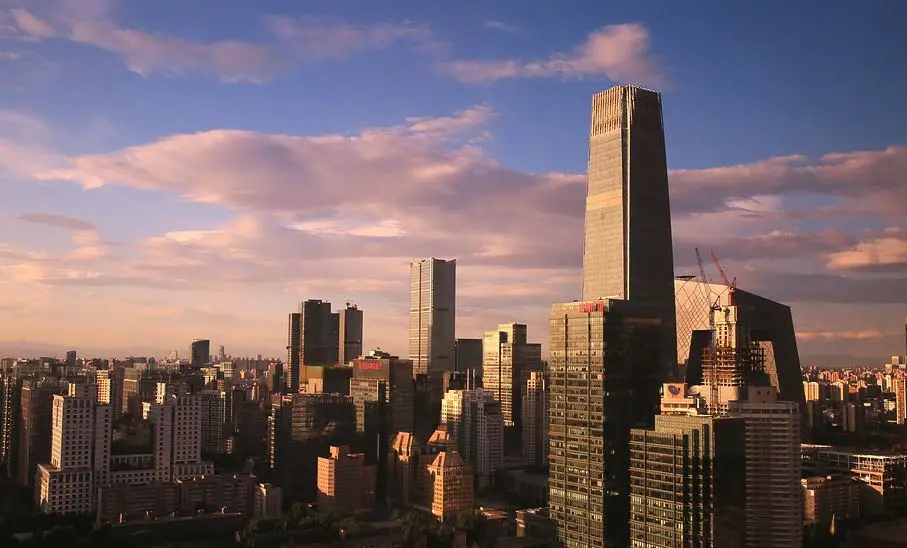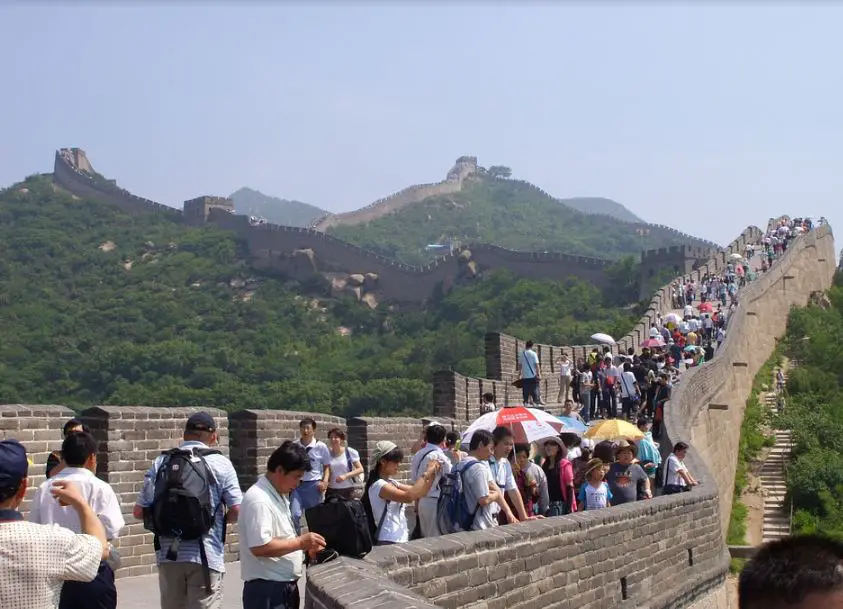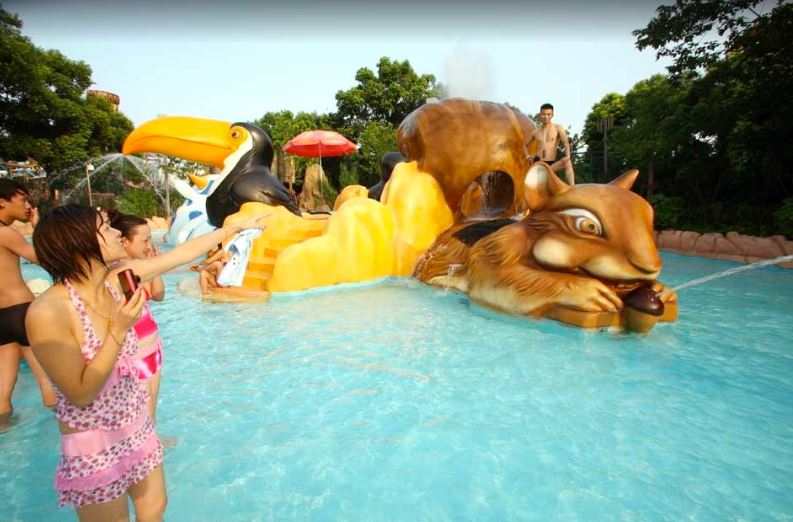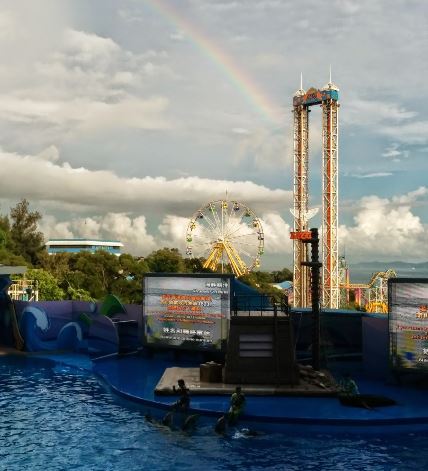Pachacamac Archaeological Complex in Lima In Peru: Overview,Prominent Features,History,Interesting facts
Overview:
is a ruins complex that stands near the Pacific coast south of Lima. Believed to have been founded around 200 AD, the complex contains the remains of palaces, temples, and pyramids that were associated with the veneration of the deity Pacha Kamaq (or Pachacamac). The site is one of the most important archaeological sites in Peru, and has been firmly established as an important religious – and later political – center of the Lima culture, predating the Incan era. It is one of the most beautiful monuments in Peru
Prominent Features:
The Pachacamac Archaeological Complex situated in the Lurigancho district of Lima, Peru is an archaeological site that covers a large area of some 600 hectares. The site dates back to 200 BCE and is considered one of the most important pre-Columbian sites in South America. It played an important role in the development of the Wari empire and in the expansion of the Inca. The site features a variety of architectural styles derived from the various pre-Columbian civilizations that inhabited the area. The main attractions include a large number of pyramids and platforms constructed from adobe and stone, mural paintings, adobe-walled enclosures, courtyards, and an impressive monumental complex consisting of a main temple, two platforms, a terrace, and ceremonial courtyards. The main temple is dedicated to Pachacamac, an important deity to the local pre-Inca cultures and an important figure in the mythology of many of the pre-Inca peoples. The site also has a museum which houses a collection of artifacts, including ceramics, statues, jewelry, weapons and textiles, found at the archaeological site. The museum also contains information about the history and development of all the cultures that inhabited the area and the various archaeological discoveries that have been made at the site. In addition, there are displays and exhibitions that tell the stories of the different cultures, including the Inca and the Wari. Visitors to the complex can also explore the area on foot, either on the guided tours or on the self-guided trails. You can learn history, culture, and heritage through these magnificent monuments in Peru.
History:
The Pachacamac Archaeological Complex is located in Lima, Peru and is one of the oldest and most important archaeological sites in the country. The complex dates back to the Pre-Inca period and was considered to be a religious and political center. The name Pachacamac itself comes from a combination of two Quechua language words: Pacha (“moon”) and Mac (“presence”). The Pachacamac Complex began to be developed in the Tiwanaku period (AD 900-1100), when it became an important pilgrimage destination for people from different parts of the region. It became a major ceremonial center for the great Inca Empire and was at its peak in the 15th and 16th centuries. The complex was known to have several large pyramidal structures including the Temple of the Sun, The Temple of the Moon, and several other temples and shrines. One of the most important temples was the Temple of the Sun, which was believed to be the home of the Sun God, Inti. The site also included administrative buildings and living quarters for the priests and their families. When the Spanish arrived in the 16th century, the complex was abandoned. Pachacamac has since been the subject of several archaeological excavations which have revealed the complex's importance in Peruvian culture and history. Some of the most important finds have included religious artifacts, pottery, jewelry, and mummies. Today, the complex is a popular tourist attraction for people who want to learn more about Peru's fascinating history. Visit one of the famous monuments of Peru with your friends and family.
Interesting facts:
1. Pachacamac is an ancient archaeological complex located in the Lurín Valley of Peru. It was first settled around 200CE and was an important pilgrimage center for the indigenous people of the area for more than 1,500 years. 2. The complex was originally built by the Lima culture, an early Pre-Hispanic culture that flourished in the central coast of Peru between 200CE and 700CE. 3. The main pyramid of Pachacamac is one of the largest archaeological monuments in the country, measuring more than 216 feet (66 meters) wide and 135 feet (41 meters) tall. 4. Pachacamac is home to several ancient structures such as pyramids, temples, plazas, and a necropolis. One of the most notable structures is the Temple of the Sun, which was constructed in the 12th century CE and is located at the highest point of the site. 5. Pachacamac was an important religious center for many centuries, but its importance declined after the Spanish arrived in the 16th century. 6. Today, Pachacamac is a UNESCO World Heritage Site and is one of the most visited archaeological sites in Peru. One of the historical monuments of Peru, it tells the story of a bygone era
Explore Peru most popular tourist destination with us. Pachacamac Archaeological Complex in Lima In Peru: Overview,Prominent Features,History,Interesting facts,which is 35.14 km away from Peru main town, is the most popular destination to add in your travel wishlist.
-
City:
Peru
-
state:
Lima
-
country:
Peru
-
country code:
PE
-
postcode:
34
Location:
Lima Peru


